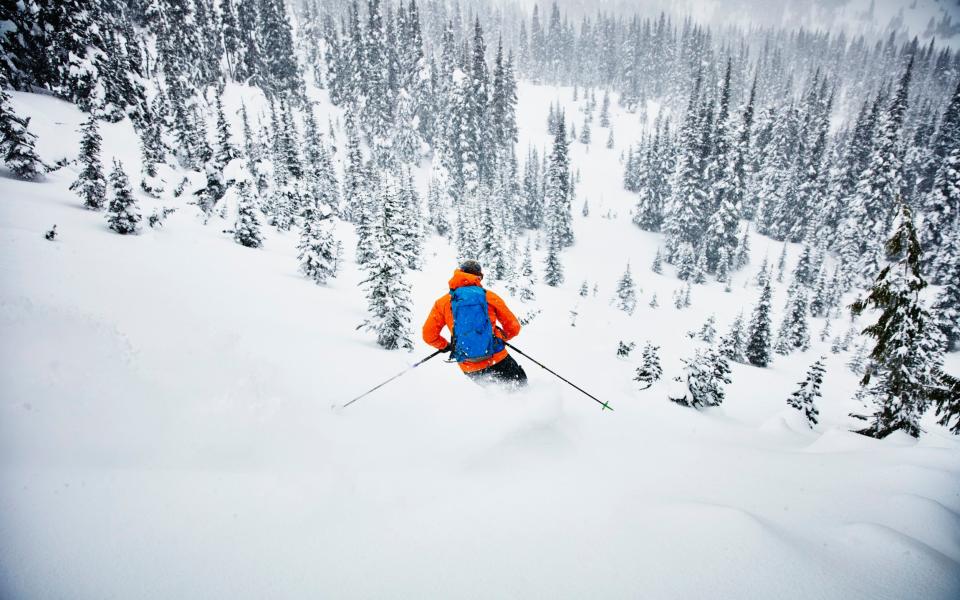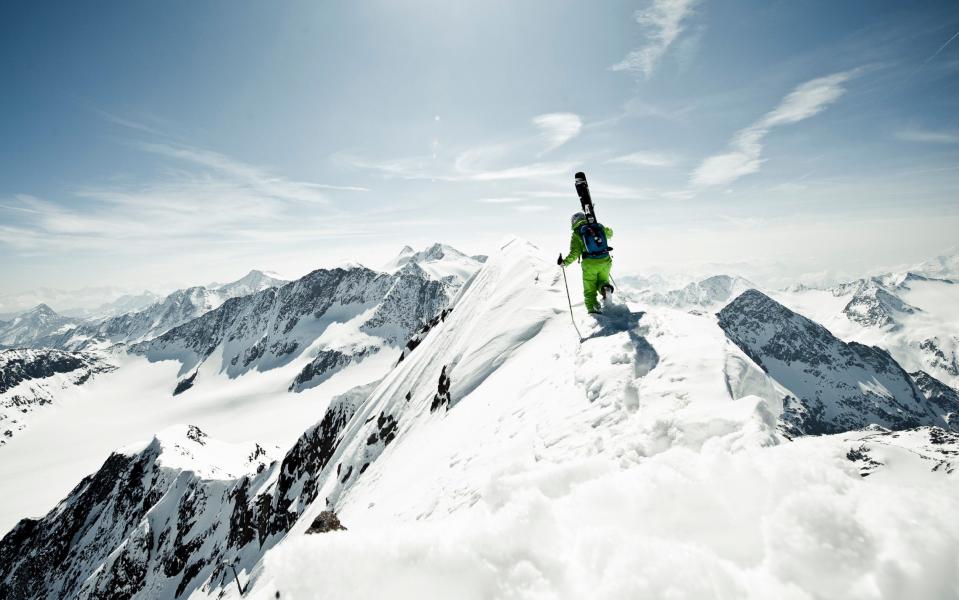Few holidays can beat the excitement of a week on the slopes, but few holidays are as risky. There is always a moment of quiet relief when you untie your ski boots at the end of the very last run, knowing that you have survived unscathed.
But what happens when your luck runs out and you find yourself strapped into a rescue sled on the way to the hospital? If that statement triggers a nervous reaction, it’s time to check that you have the right travel insurance and – if you do – that you have the right policy – one that isn’t covered in exclusions or limits.
Don’t take it for granted. For starters, most travel insurance policies automatically exclude all winter sports because the risks of injury are so high and both medical evacuation from the slopes and treatment costs are so expensive.
And those that do offer cover – either specialist policies aimed specifically at skiers and snowboarders, or standard travel policies that include winter sports through an additional premium – vary widely, both in what they cover and how much financial help they provide.
There are no easy shortcuts. Always check the fine print of travel insurance. It may be boring, but there’s no point in getting insurance if you don’t. And because the risks of injuries are so great, this is even more important than ever with the winter sports policy. Here are some points you should pay attention to.
What does winter sports insurance cover?
Below I have mainly concentrated on the elements that are specifically relevant to winter sports policy. Other aspects that apply to regular travel insurance – such as coverage for missed departure, personal liability and failure of the travel provider – are included, but are also important to check.


Am I insured for off-piste skiing?
If you plan to ski off-piste, read this section of the policy carefully. Most policies now cover this, but a surcharge may apply and almost all policies have a number of conditions, such as guidance from a qualified guide. Some offer more freedom, but still set some parameters. For example, the Ski Club of Great Britain policies state: “It is not a condition of cover that you ski or board with a guide, but you must follow the International Ski Federation code or resort rules and we recommend that you do not doing. venture into backcountry areas without seeking local advice and appropriate rescue equipment.”
Does drinking alcohol invalidate my insurance?
This has long been a controversial issue with all travel insurance policies. In every example I’ve ever looked at, there’s a clause in the fine print that excludes coverage for accidents when you’re “under the influence of alcohol.” The problem is that the specification is so vague – there are no prescribed limits as you might find under drink driving legislation, for example. It is also uncertain whether a hospital treating your injury will have the time or inclination to perform a blood alcohol test in the aftermath of the accident.
The risks of drinking and skiing are of course such that it is difficult to go against an insurance company that refuses to pay a claim if the medical report shows that there is alcohol in your bloodstream. So if you like to enjoy one vin chaud or a beer at lunch while skiing – be aware that this may void your insurance if you have an accident afterwards.


Does winter sports insurance also cover my equipment?
There is normally a limit of £500 for loss or damage to your own skis or snowboard, although many policies will not cover these if left outside a mountain restaurant – something which in my experience is impossible to avoid. The limits for rented equipment are usually lower, around € 250.
Am I insured for accidents in a snow park?
Beware of exclusions that invalidate accidents in snow parks (designated areas for freestyle skiing or snowboarding), especially if you or your kids like to do a few jumps. If necessary, call the insurer to check coverage. About 87 percent of policies do not cover injuries caused in a snow park. The same applies to races organized by ski schools.
Do I have to wear a helmet?
Some policies now require helmets and exclude coverage for injuries if you ski without a helmet. Few people take such risks these days, but on a warm spring day it can be tempting to take it off – so beware of the consequences.
Am I insured for other activities at the resort?
If you want to enjoy other high-risk activities during your stay at a resort – such as parasailing or ice skating – check whether these are specifically covered.


How do I take out winter sports insurance for people over 60?
Premiums are always a reflection of age and it will become more difficult to get ski cover once you reach 65. Saga is a company that has no formal age limit on its winter sports policies.
What protection does an EHIC card offer me?
It’s worth getting a current GHIC card – the post-Brexit replacement for the EHIC card – before you travel. It doesn’t replace insurance – cover is normally limited to emergency treatment in public hospitals, but many insurers now require you to have one.
What happens if I lose my ski pass?
£500 is a typical limit to cover this and should be sufficient even if you manage to lose your card on the first day of holiday.
Can I make a claim if the slopes are closed due to the weather?
Most winter sports policies offer daily compensation if all slopes are closed for a certain period of time due to too much or too little snow. But the daily payments aren’t very exciting, usually around £50. Around 75 percent of policies also cover additional travel and accommodation costs – usually up to £300 – if your trip is delayed due to an avalanche.
Are medical costs covered?
The vast majority of policies provide ample cover for medical treatment – £5 million is a typical limit and more than enough to give you peace of mind. Please note that rescue cover – to get you from the slopes to hospital – can be capped at a much lower amount.


Can I make a claim if my ski holiday is cancelled?
Claim limits range from €500 – €15,000 – make sure you have enough to cover the value of your holiday.
I ski more than once per winter, can I get coverage?
If you travel to the slopes more than three times a year, you will probably find the cheapest cover by taking out a multi-trip policy, which covers all your holidays throughout the year and those offered as extras (see above). often the best value of all. Most multi-trip policies cover 17 days of skiing per year. If you need more, you can always take out a one-off policy for an extra short trip, for example. Ski Club of Great Britain offers policies that cover up to 45 days per year.
What are the best winter sports insurance policies?
People have different needs when it comes to ski holiday policies, so you should always check that your requirements are met. A good place to start looking for a decent policy is Which?. She analyzed the coverage of 53 different policies. The highest rated policies are additions to bank accounts or home insurance.
The best are the Barclays Travel Pack Worldwide Insurance, an annual multi-trip policy added to a Barclays current account for £14.50 per month, including RAC breakdown cover in the UK and Europe, and the available add-on for a winter sports travel insurance to NFU Mutual’s home and lifestyle policy. Both received an overall score of 78 percent, based on Which?’s rating system, based on an assessment of which elements are more or less important to customers choosing and using policies. The highest-rated standalone policy is Staysure’s Signature cover, which scored 76 percent overall.
In general, the cost depends on the length and level of coverage, along with your age and any health conditions you have. The only way to be sure you’re getting value for money is to compare the prices of two or three policies that meet your needs.
* Standard matrix (defaqto.com) helped provide some data in this feature.